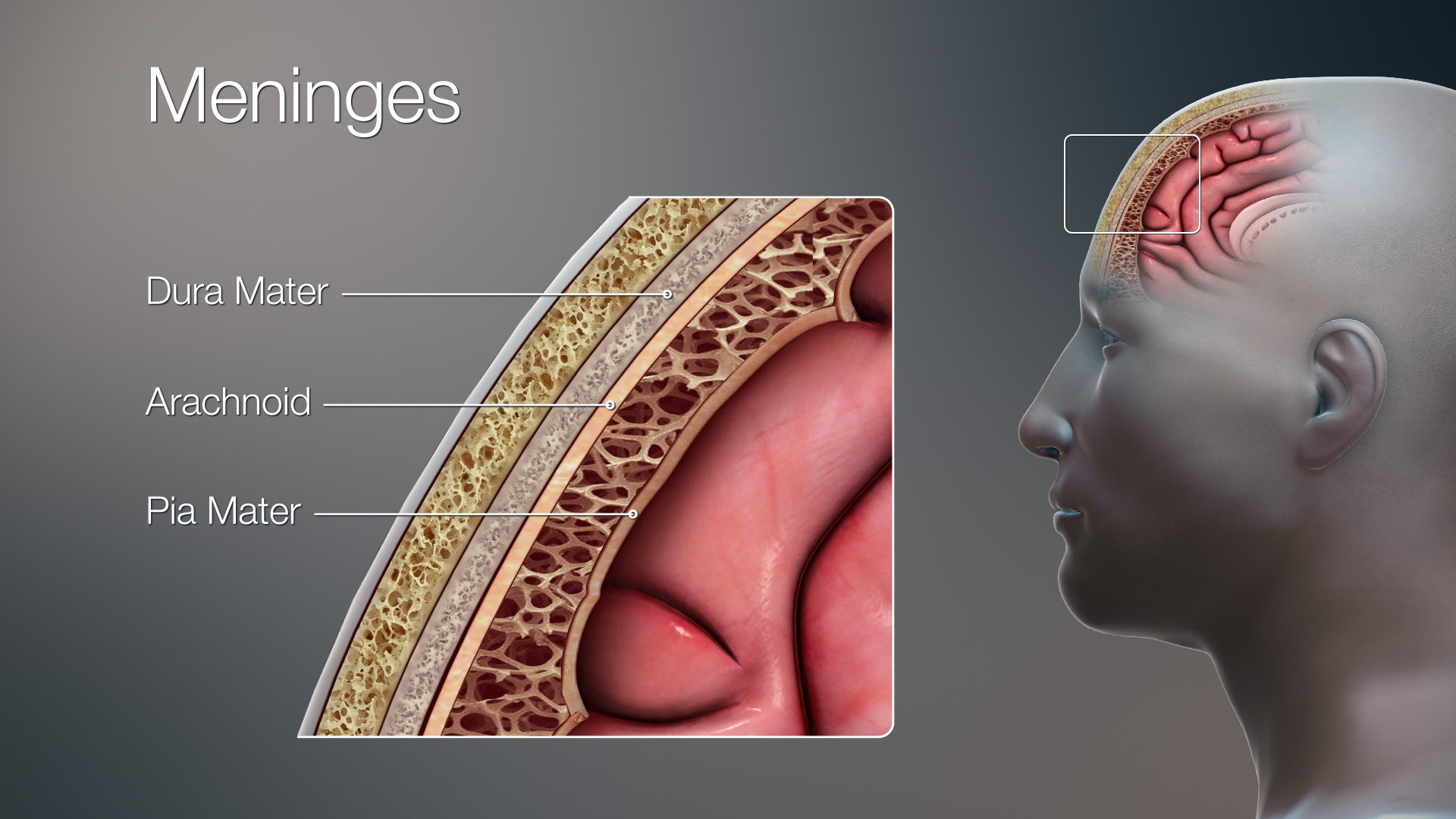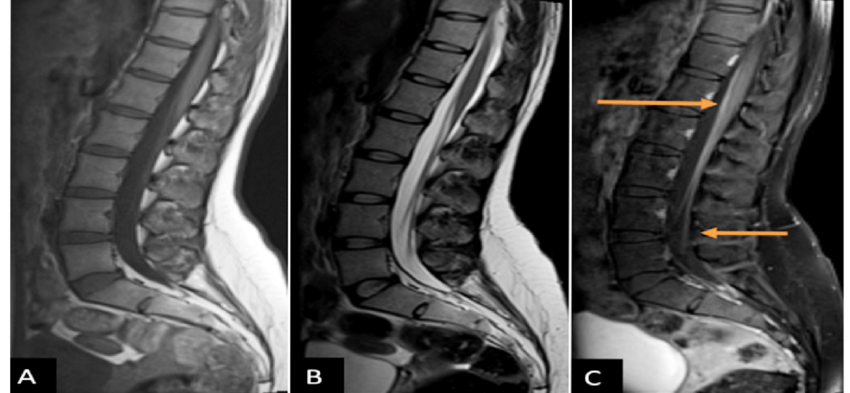Arachnoiditis is a chronic inflammatory condition that affects the arachnoid mater, one of the three membranes (meninges) that surround and protect the central nervous system (CNS). The CNS consists of the brain and spinal cord. The arachnoid mater is a thin, web-like membrane located between the outermost layer, the dura mater, and the innermost layer, the pia mater.
Causes of Arachnoiditis
Arachnoiditis can develop due to various factors that irritate or injure the arachnoid mater. These causes include:
Chemical irritation: Exposure to certain chemicals, such as myelographic contrast agents used in imaging procedures, can irritate the arachnoid mater and trigger inflammation.
Infections: Bacterial or viral infections can spread to the meninges, causing arachnoiditis.
Spinal injury: Direct trauma to the spine, such as from a fracture or disc herniation, can damage the arachnoid mater.
Chronic nerve compression: Ongoing compression of spinal nerves can irritate the surrounding tissues, including the arachnoid mater.
Spinal surgery complications: In some cases, complications arising from spinal surgery, such as bleeding or infection, can lead to arachnoiditis.
Intrathecal steroid injection: Accidental injection of steroids intended for the epidural space (around the spinal cord) into the intrathecal space (within the spinal canal) can cause arachnoiditis.
Formation of Scar Tissue and Adhesions
Inflammation of the arachnoid mater can trigger the formation of scar tissue. In severe cases, these scar tissues can thicken and harden, forming adhesions that cause the spinal nerves to stick together. This can impinge on the nerves and cause pain, weakness, and other neurological symptoms.
Types of Arachnoiditis
There are two main types of arachnoiditis:
Adhesive arachnoiditis:This is the most severe form of arachnoiditis, characterized by the presence of extensive scar tissue adhesions around the spinal nerves.
Arachnoiditis ossificans: This is a rare form of arachnoiditis where the scar tissue calcifies and transforms into bone-like tissue.
Symptoms of Arachnoiditis
Arachnoiditis can cause a wide range of symptoms, including:
- Chronic pain, often described as burning, stinging, or electric shock-like pain in the back and legs
- Muscle weakness, numbness, and tingling
- Bladder and bowel dysfunction
- Sexual dysfunction
- Gait abnormalities
- Seizures (in severe cases)
- Diagnosis of Arachnoiditis
Diagnosing arachnoiditis can be challenging due to the lack of a specific test. Doctors typically rely on a combination of factors, including:
Patient's medical history and symptoms
Physical examination:
Imaging studies such as magnetic resonance imaging (MRI) with contrast to visualize any abnormalities in the arachnoid mater and surrounding tissues.
Treatment of Arachnoiditis
There is no cure for arachnoiditis. Treatment focuses on managing symptoms and improving the patient's quality of life. Treatment options may include:
Pain medications: Medications such as opioids, nonsteroidal anti-inflammatory drugs (NSAIDs), and anticonvulsants can help manage pain.
Physical therapy: Physical therapy exercises can help improve flexibility, strength, and coordination.
Steroid injections: Injections of corticosteroids around the inflamed area can reduce inflammation and pain.
Surgery: In rare cases, surgery may be considered to remove severe scar tissue adhesions.
Conclusion:
Arachnoiditis is a complex and debilitating condition that can cause chronic pain and neurological dysfunction. Early diagnosis and management are crucial for improving the patient's quality of life.

